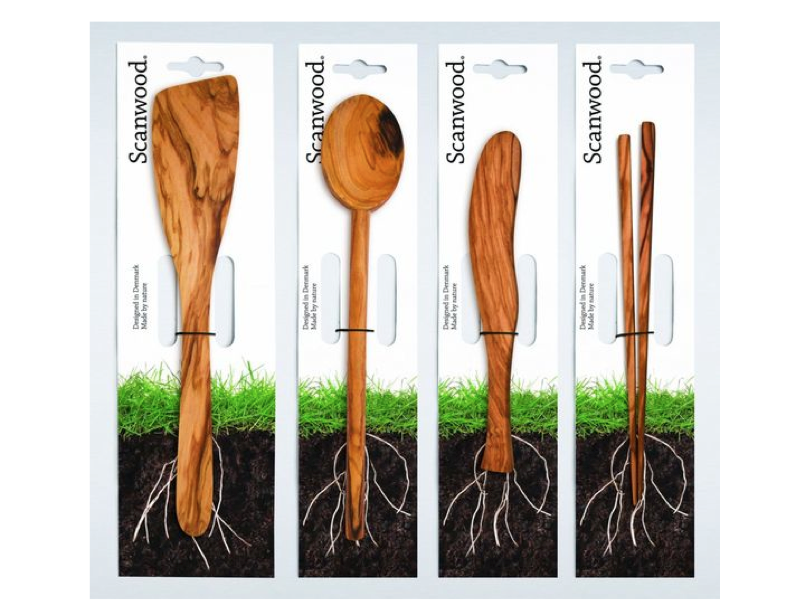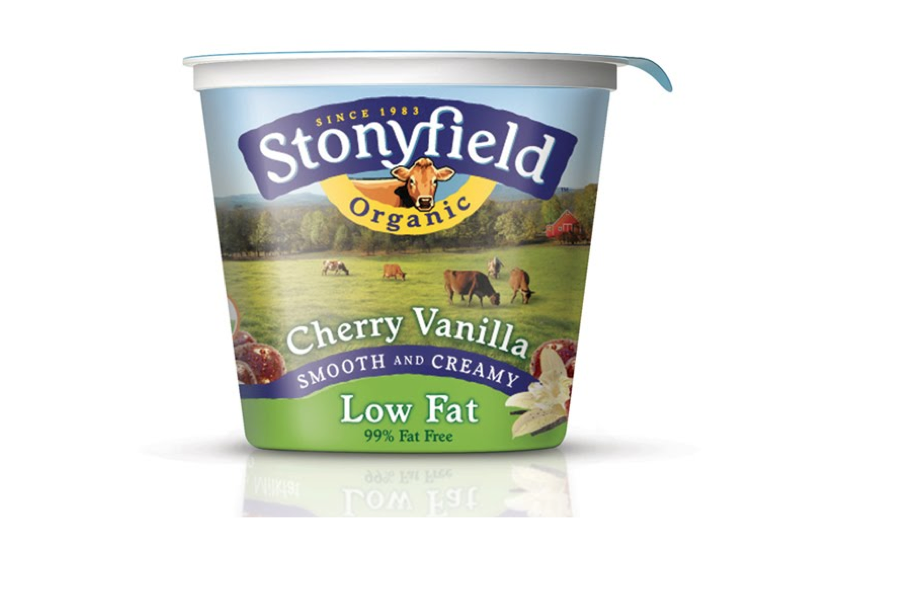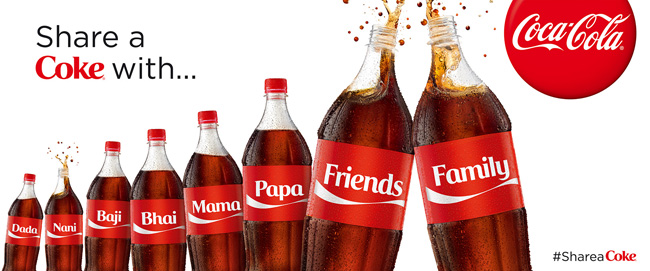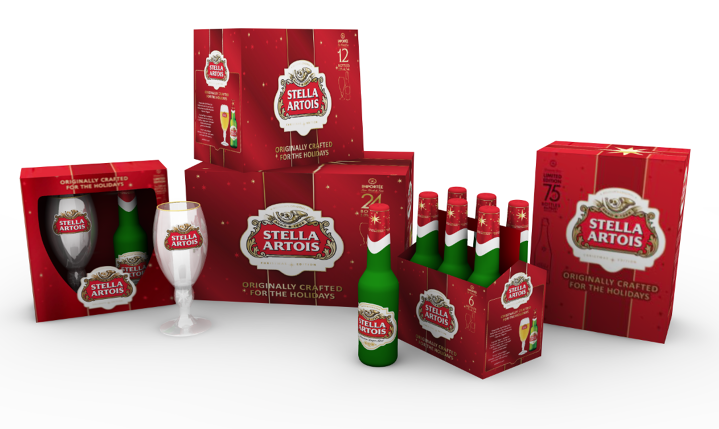How Packaging Can Tell a Story
May 09, 2017 - by Matt CannonEffective product packaging can shout from the shelves, even as they grow increasingly crowded. It can instantly answer any question that consumers might have, so that they easily understand the product. Storytelling with packaging can help immediately identify what makes the brand unique and what the product’s purpose is.
First Impressions Matter Most
Consumers are creatures of habit, so they tend to choose what they know and opt for familiar stories, recognizable brands, and engaging packaging. By conveying a story through packaging, a brand can feel more accessible and relatable, instantly building brand loyalty and enhancing the customer experience.
While you can use more than just the packaging to convey your story, the packaging is usually the first thing people see. Considering that the average first impression is made within seven seconds, it’s crucial to hook your customers immediately.
How to Tell Your Story
The packaging design needs to lead consumers where you want them to go, so they understand the story you’re trying to tell. Through the use of colors, materials, textures, type, and copy, your packaging can evoke certain feelings and emotions that draw consumers in.
A picture is worth a thousand words, and packaging can speak volumes with no words at all. As an example, Scanwood instantly tells the story of the wood’s history with their simple, yet effective packaging design. The award-winning design from Goodmorning Technology Team appeals to global retail markets by telling a story without using words or any additional packaging. As the team put it: “This branded story is now visible and understandable across all different markets and languages”.
Know Your Target Audience
Once you know your target audience, your packaging needs to resonate with that group of people. For example, emphasizing that you run a family-owned business through approachable, “down home” packaging can entice your customers by making them feel like the product is more relatable and could have been made by someone like them. Stonyfield displays this perfectly with their storytelling packaging. By displaying cows grazing in an open field, they instantly tell the story of happy cows on a family ranch. It evokes positive feelings and emotions, making consumers more likely to choose it over the competition. By featuring one of the family farms that supplies milk for Stonyfield, Webb Scarlett de Vlam created packaging that Stonyfield feels “now reflects who we are and what we have stood for for over 25 years.”
Stonyfield displays this perfectly with their storytelling packaging. By displaying cows grazing in an open field, they instantly tell the story of happy cows on a family ranch. It evokes positive feelings and emotions, making consumers more likely to choose it over the competition. By featuring one of the family farms that supplies milk for Stonyfield, Webb Scarlett de Vlam created packaging that Stonyfield feels “now reflects who we are and what we have stood for for over 25 years.”
Coca-Cola is frequently referenced as one of the best examples of storytelling through branding and packaging. Their effective personalized packaging instantly encourages sharing with friends and weaves a story in the minds of consumers.
Holiday and seasonal packaging is another great example of telling a story through packaging. By emphasizing the holiday or theme (such as adding a simple bow or wrapping), it makes the packaging feel special enough to share or gift with others.
Your packaging should share a story with potential consumers about what benefits the product can offer them. Taking the time to create a remarkable design can result in long-term profits, a loyal customer base, and an effective brand culture.
- < Previous Original Packaging that was Better than the Redesign
- Next > Package Design Trend: Dramatic Callouts





